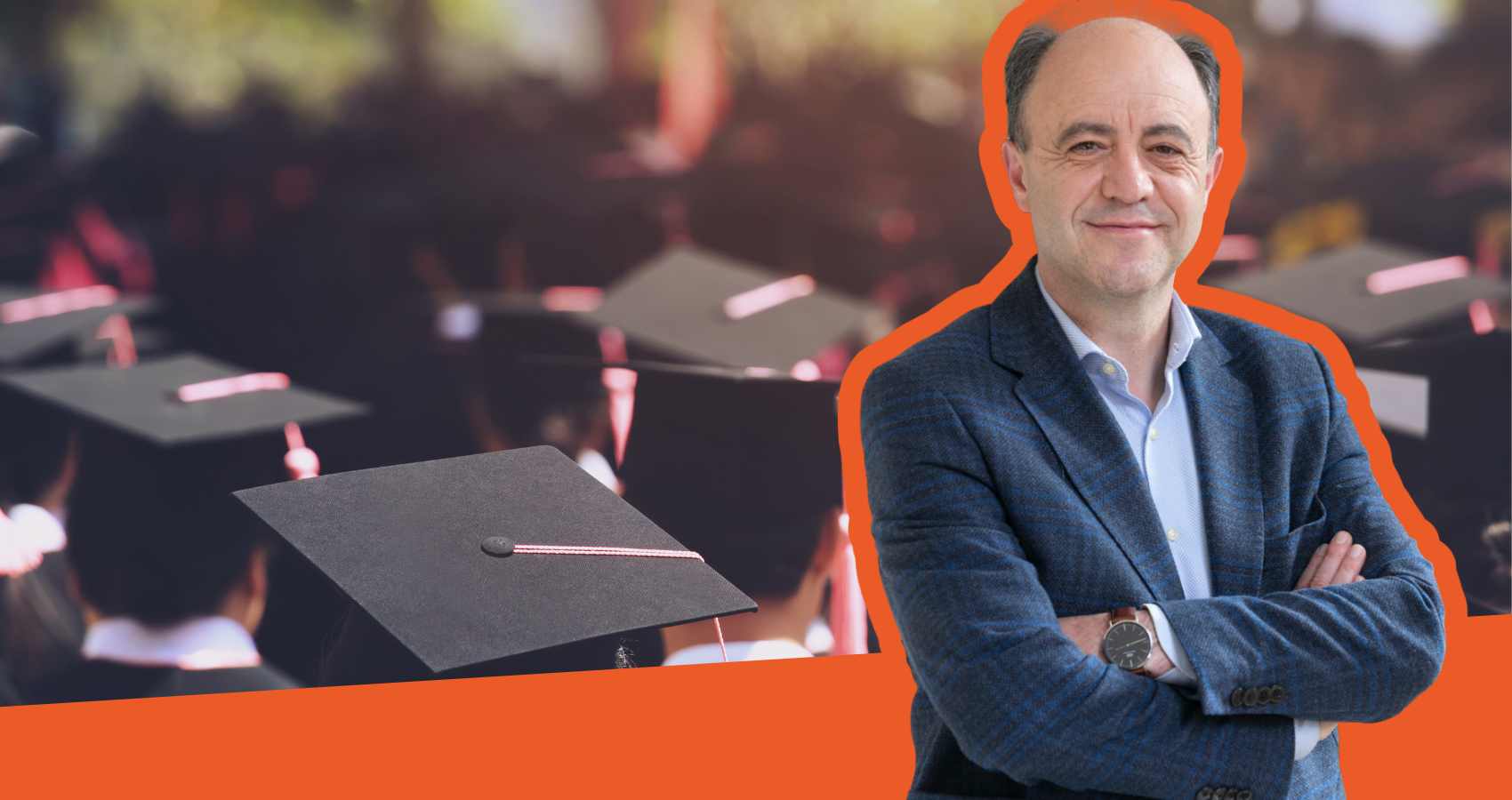From the DII to Aquafil: a journey built on passion, representation, and innovative materials
READ THE ARTICLESun protection and nanoparticles: the hidden side of TiO₂
READ THE ARTICLEE-Agle Trento Racing Team, the racing team born in the DII laboratories.
READ THE ARTICLEThe Power Grids of the Future: Improving Flexibility and Resilience Through Fast and Accurate Measurements
READ THE ARTICLETHE INNOVATION THAT YOU NEED
innovation
Titanium dioxide (TiO₂), widely used in cosmetics and industrial products, is often silanized to improve stability and limit the formation of reactive oxygen species. However, new research from the University of Trento and Milano-Bicocca reveals that this treatment actually promotes the generation of singlet oxygen, a highly reactive species. This finding highlights promising applications in sustainable organic synthesis, such as the production of limonene epoxide.
As global electricity demand grows, fast and accurate frequency and ROCOF measurements are vital for grid stability. Combining synchronized PMU data with data fusion methods enhances observability, reduces uncertainty, and strengthens future smart grids.
Smart composites with tougher and self-healing interfaces enhance structural safety and durability. AIMAT research achieved +45% interfacial adhesion and up to 100% recovery, paving the way for more sustainable and long-lasting materials.
Training
Born within the University of Trento’s Department of Industrial Engineering, E-Agle Trento Racing Team wins the 2025 Formula Student Switzerland Junior Cup and achieves podiums at FSAE Italy — a model of innovation, teamwork, and educational excellence.
The Department of Industrial Engineering at the University of Trento dedicated an entire day to teaching, turning it into a space for listening, dialogue, and shared planning. Faculty members, students, and representatives from industry and the local community came together to discuss challenges, needs, and opportunities for building more flexible, practical, and human-centered educational pathways.
The PhD in "Materials, Mechatronics and Systems Engineering" at the University of Trento offers interdisciplinary training and international opportunities in four key areas, preparing researchers to tackle future challenges.
COMPANIES
Brake wear significantly contributes to fine dust pollution, comparable to exhaust gases. European projects like Rebrake and Euro 7 regulation aim to cut emissions with new technologies and strategies.
Unlike traditional subtractive machining methods, AM allows the production of highly complex geometries that are often unachievable with other processes. A notable example is the possibility of producing a large gold ring with a hollow interior, reducing its weight without compromising aesthetics. Furthermore, the additive approach minimizes material waste, as the generation of scrap is drastically reduced compared to subtractive processes.
The production of aluminum billets is predominantly driven by the aerospace, automotive, and transportation sectors, all of which demand high-performance materials. In this landscape, aluminum extrusion remains one of the most essential processes employed. A market that continuously demands better performance pushes manufacturers to innovate relentlessly in pursuit of improved production efficiency.
stories
From student representative to Product Manager at Aquafil, Nicole Soligo shares a journey driven by passion, innovation, and sustainability. Through international research, circular materials, and key soft skills, she offers insights for students and the future of the industry.
Flavio Deflorian, Rector of the University of Trento, recounts his journey from materials engineering to university leadership. From research and industry collaboration to student development, he reflects on innovation, the future, and academic responsibility.
Virginia Caldara shares her journey from materials science to her role as Supplier Quality Engineer at Tesla, where she tackles challenges daily and embraces innovation.













